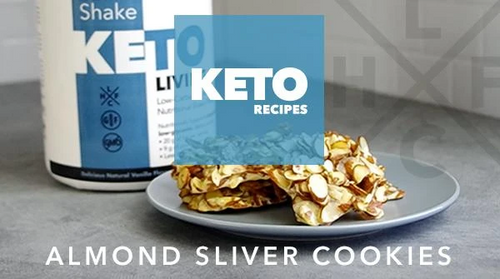"Microgreens are delicate, tender and highly flavourful," say Eric Franks and Jasmine Richardson, authors of Microgreens (Gibbs Smith). Franks and Richardson grow microgreens for the restaurant trade on their Oregon farm in the US, a business motivated by the desire of many contemporary chefs to build fresh and vibrant recipes around sustainably grown local ingredients.
However, Franks and Richardson feel that anyone with an interest in innovative recipes and health should be growing their own microgreens. They point out that these crops can occupy small spaces, "a perfect fit for families in cities and in suburban areas who do not have a garden." What's more, these baby plants can provide fresh, nutrition from living foods all year long for even the busiest of cooks.
It comes as no surprise that leafy greens such as rocket, endive and basil are popular microgreens, but even plants generally used for their roots, flowers or stalks—such as broccoli, radish and celery—make great tasting microgreens.
According to Franks and Richardson, the key to growing great microgreens is mineral dense, highly fertile soil that will make produce "strong with even growth and an increased yield." They suggest trying several different brands of potting soil to see which works the best. That soil should be placed in a shallow container and pressed to create a flat seedbed.
High quality seeds are another must-have when it comes to microgreens. Lookout for seeds with a high germination rate and store them in a dry, cool place until you are ready to plant. (Make sure they haven't been pre-treated with fungicides or other substances.)
Once you've sown your seeds, Franks and Richardson recommend gentle, thorough watering to encourage robust growth without excessive moisture as this may cause mould to develop. Make sure to rinse and wash a few times a day. Use a pH meter to ensure your water is not too alkaline or acid.
Want an ingredient that's both chic and practical? Go with homegrown microgreens!
Sesame Encrusted Tuna with Asparagus & Salad
1 medium shallot
160ml of red wine vinegar
230 ml of sesame oil
2 tbsp fresh horseradish
12–18 spears asparagus, depending on size
28g caraway seeds
28g coriander seeds
28g sesame seeds
900g of ahi tuna
salt & pepper, to taste
2 tbsp vegetable oil
2 large cucumbers
85g micro radish
Dressing of choice
- Chop the shallot finely in a food processor. Slowly add vinegar, then add oil to thicken. Finish by shaving the horseradish into a processor (start with a tbsp and add more to taste). Set aside.
- Boil 2.2 litres of water in a large saucepan; add salt. Prepare an ice water bath. Place asparagus in boiling water for 40 seconds to 1 minute, depending on the size (don't overcook). Transfer spears to an ice bath, drain and set aside.
- Place seeds in skillet and roast until golden brown, about 5 minutes. Remove, cool and grind to powder. Cover all sides of tuna with powder, salt and pepper.
- Preheat oven to 200°C. Heat skillet until very hot, add vegetable oil and sear tuna for 30 seconds on all sides until golden. Move to the oven and cook until medium-rare to medium and then cut into medallions.
- Cut cucumbers into strips with peeler; toss them with the radish and some dressing.
- Place the tuna and asparagus onto plates, top with the salad and drizzle with the remaining dressing.
Yields 6 servings
Source: reprinted with permission from Microgreens: A Guide To Growing Nutrient-Packed Greens by Eric Franks And Jasmine Richardson (Gibbs Smith)
**These statements have not been evaluated by the Food and Drug Administration. This product is not intended to diagnose, treat, cure or prevent any disease.



